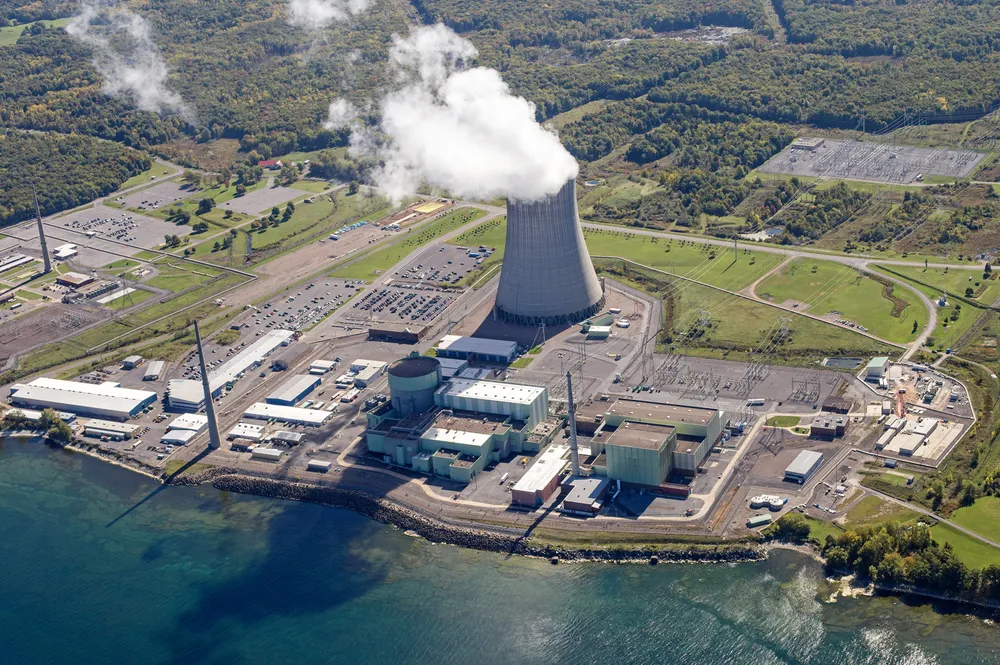'Indispensable tool for climate' | First nuclear hydrogen produced in the US at New York pilot project
The H2 produced on-site will help cool nuclear reactors, replacing trucked-in hydrogen

The H2 produced on-site will help cool nuclear reactors, replacing trucked-in hydrogen
